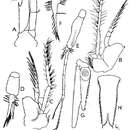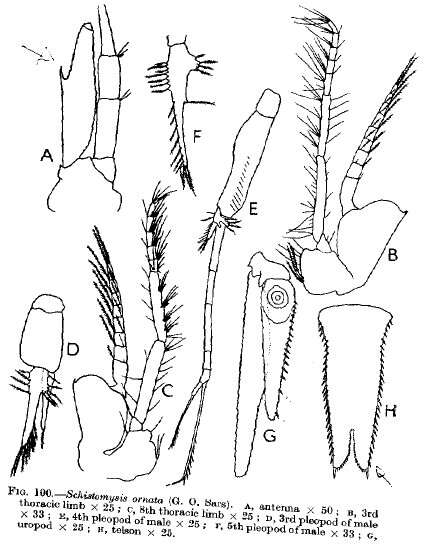en
names in breadcrumbs



Schistomysis ornata is a species of typical crustaceans in the family Mysidae. They are omnivores. Individuals can grow to 19 mm. They rely on drag powered swimming to move around.
EOL has data for 23 attributes, including: